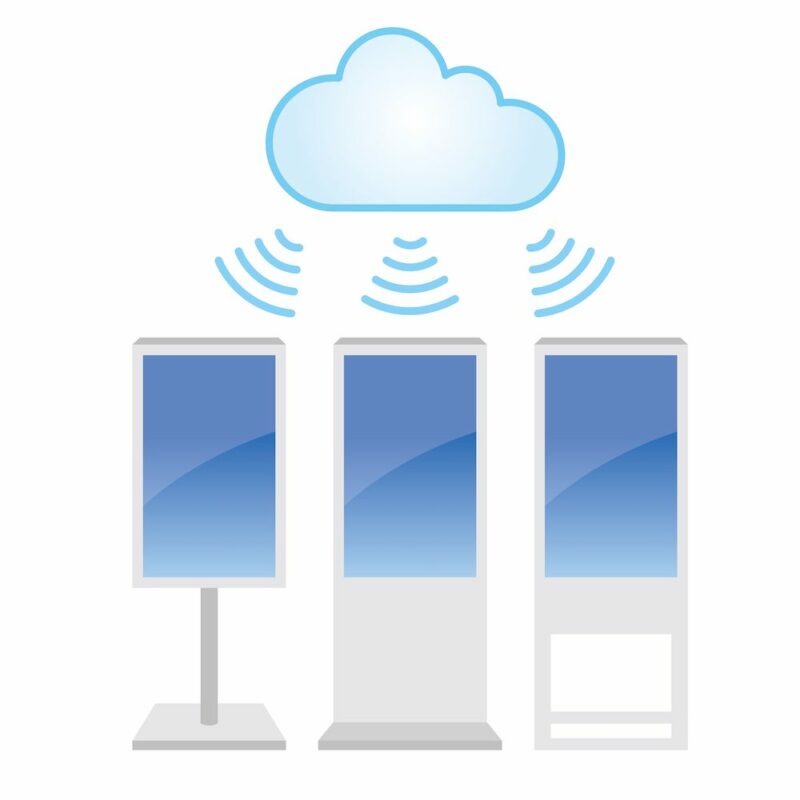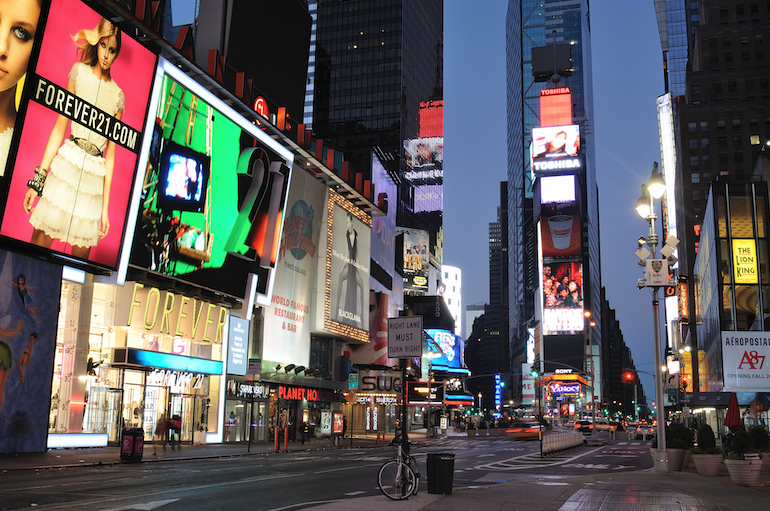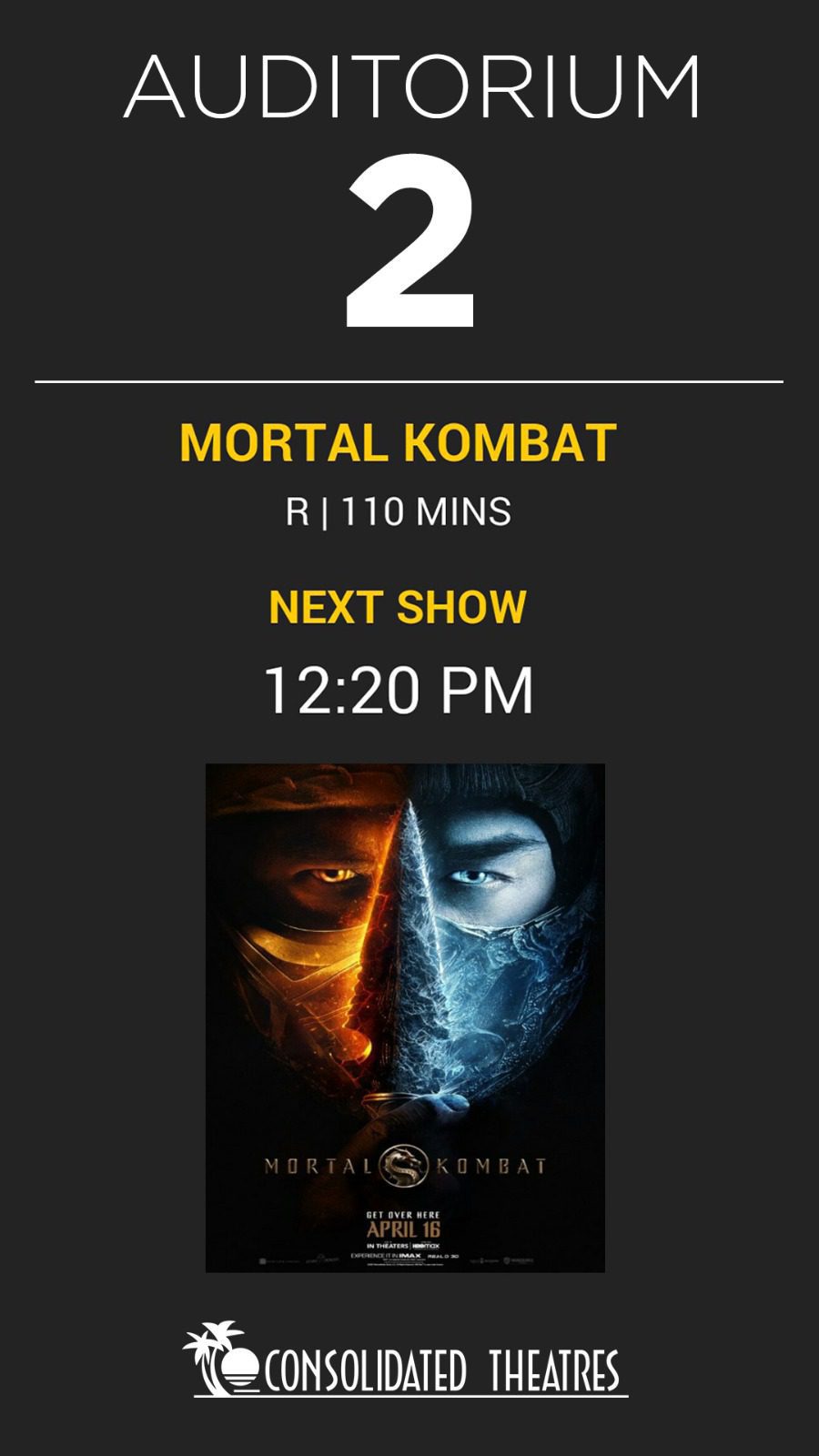Digital signage technology is quickly evolving, but so are the ideas for its many different potential uses and applications. We’re already seeing animated content, multimedia capabilities, interactivity and the potential of digital signs using 3D technology – so what’s next? Well, how about digital signage for the visually impaired?
It may sound like a bit of an oxymoron, but it’s not. People often think of digital signs in a mainly visual sense, but they’re also a great way for organisations to communicate and provide auditory information. A combination of sound, interactive touch screens and Braille keyboards makes the medium accessible to the visually impaired.
This use of DOOH media is particularly valuable in public places, like museums and art galleries. NASA, in the United States, is already using digital signage in this way, employing interactive kiosks with built-in proximity sensors and Braille keyboards. Once a kiosk detects a user, the voice prompting notifies the person that a Braille keyboard is available. Should the user select that option, they will be guided on how to bypass the touch screen, and just use the keyboard instead. There is no need for multiple kiosks – they are designed to be used by all users.
Accessibility can be an issue for many organisations, so any form of communication that blends the visual and auditory with interactive features is a great asset. Using digital signage modified for the visually impaired could present significant benefits to all industries, from retail to transportation. To learn more about visually impaired digital signage contact us.


